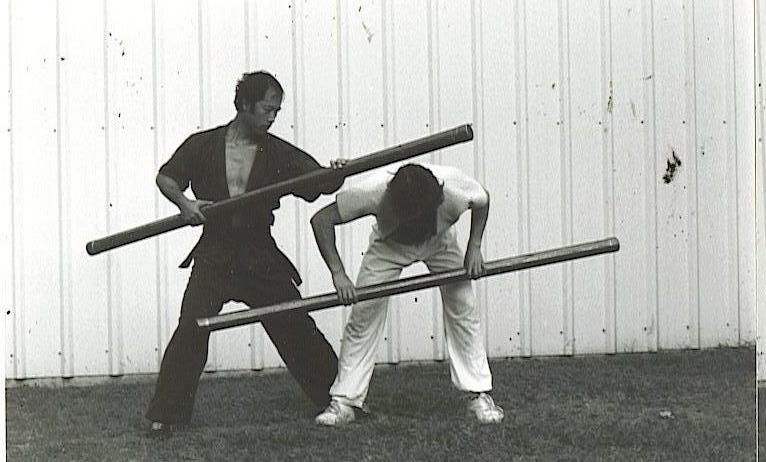jobo
Grandmaster
trying to put a defintion of quality on something that doesnt do a better job is somewhat subjective and the major plot point in zen and the art of motorcycle maintenance, just to show you could run the discusion to a few hundred pages.Nor, really, is spending loads on a really nice hand saw when a cheaper model will do the work. But there's a satisfaction in a really nice tool, even when it doesn't do a better job. And there is a different feel to things like purpleheart wood. Even a dowel of that stuff (not a "staff") runs upward of $70.
it depends i suppose, ive just bought myself a nice watch, that doesnt tell the time any better than a much cheaper watch, but then its real job is to be jewelry and look good/ exspensive, so as a life style acuitriment its worth the investment to annoy people who can only afford a cheap watch
on the flip side ive also bought a zippo knock off, that was £4 pounds and not £ 40 , it seems to do a sterling job of lighting my pipe, and that really all i exspect of it so any tangleable or intangable benefits from the real quality article can be safely ignored on the grounds of economy.

